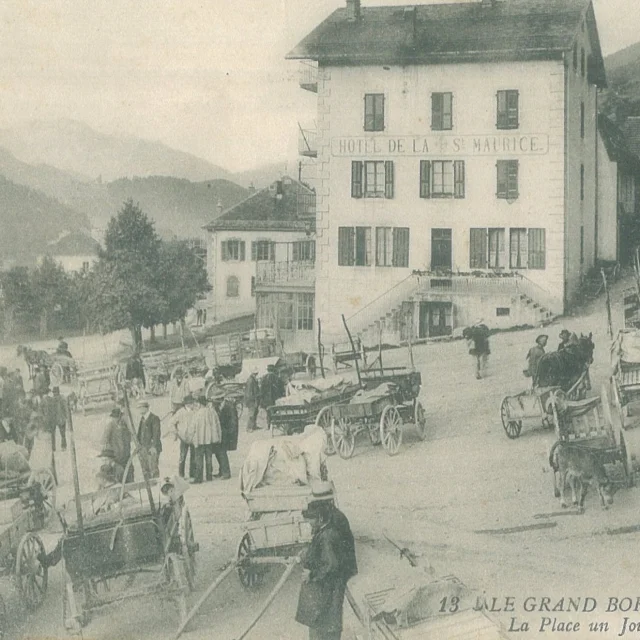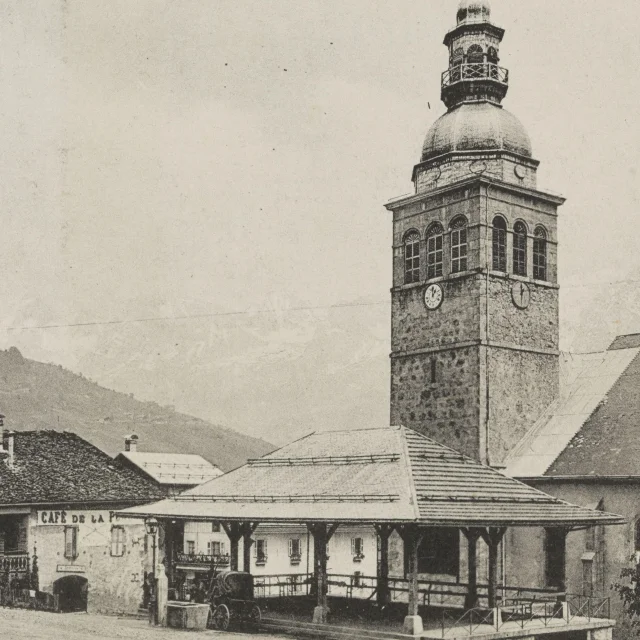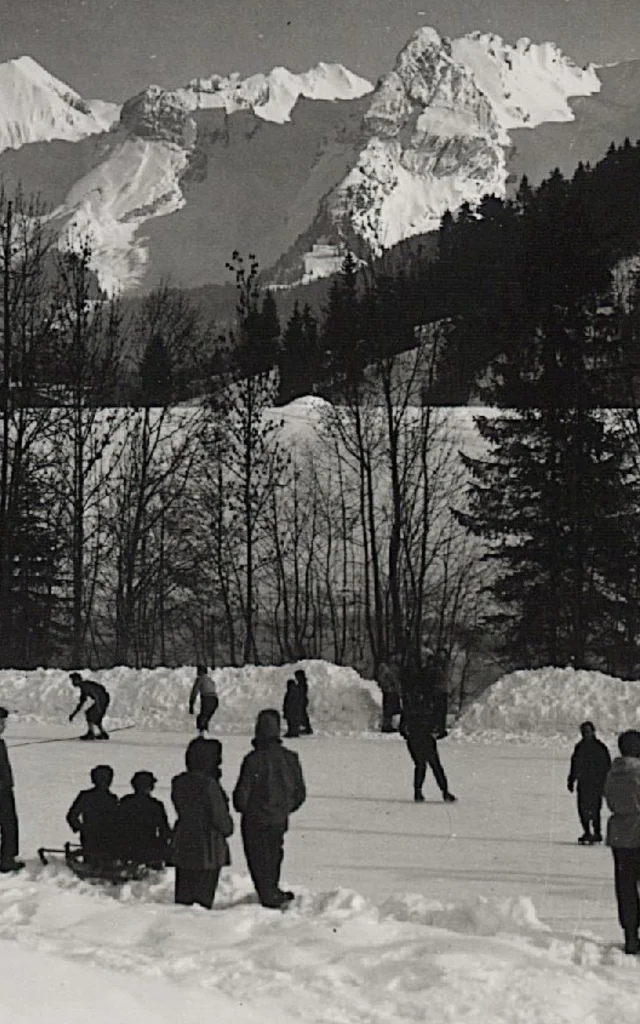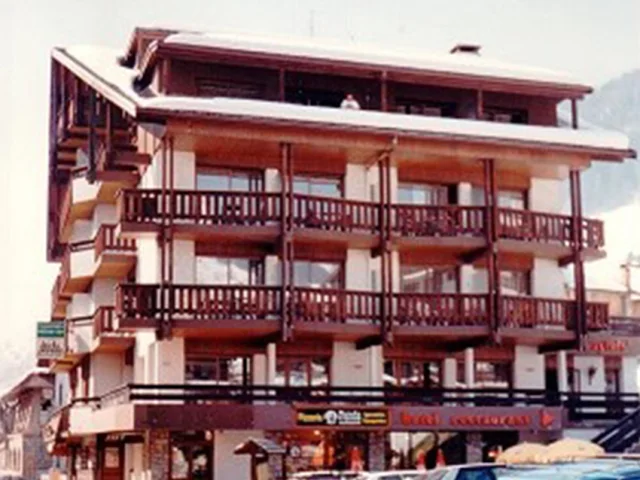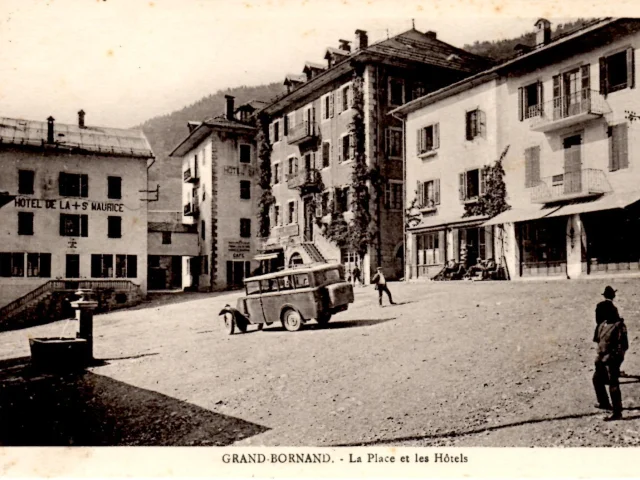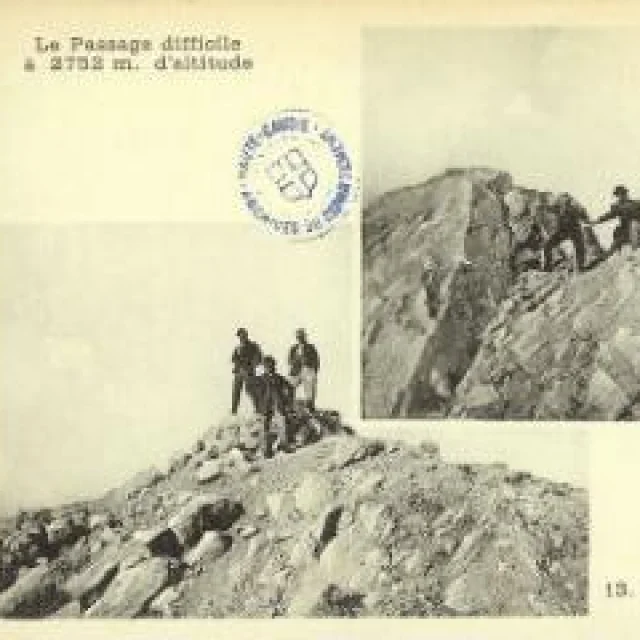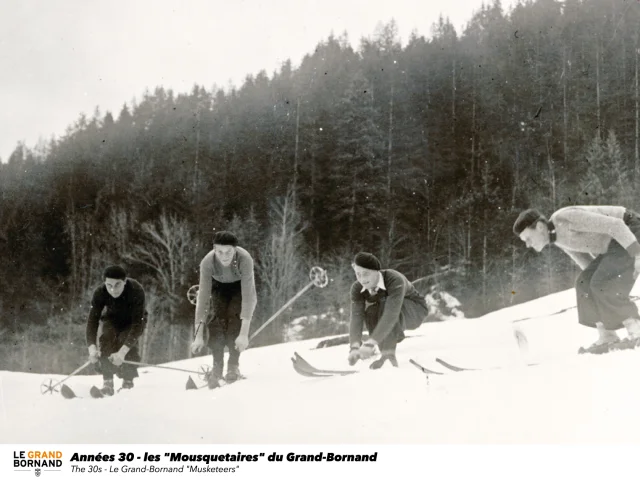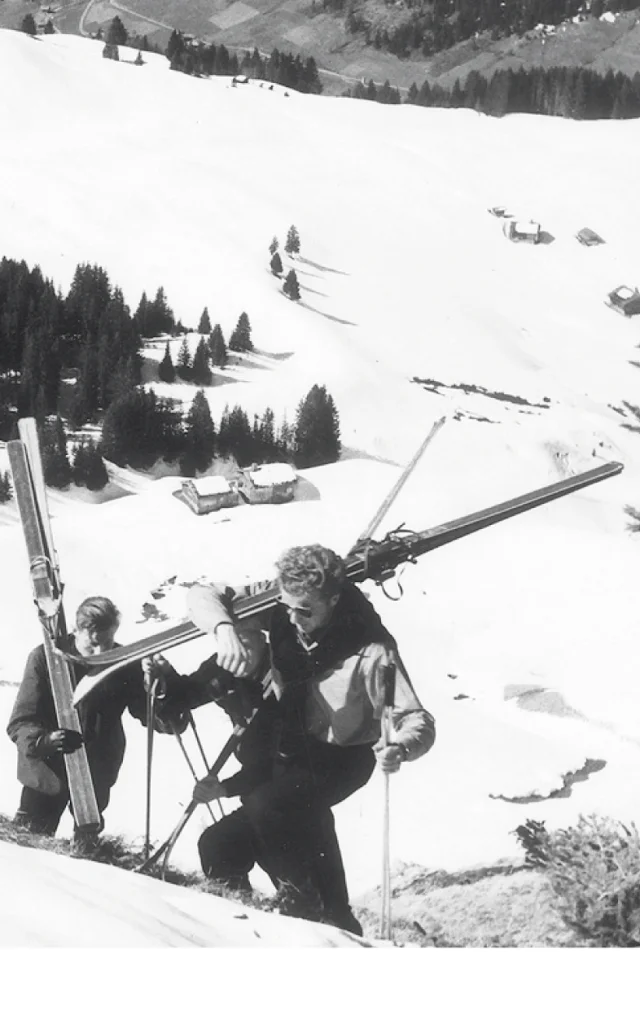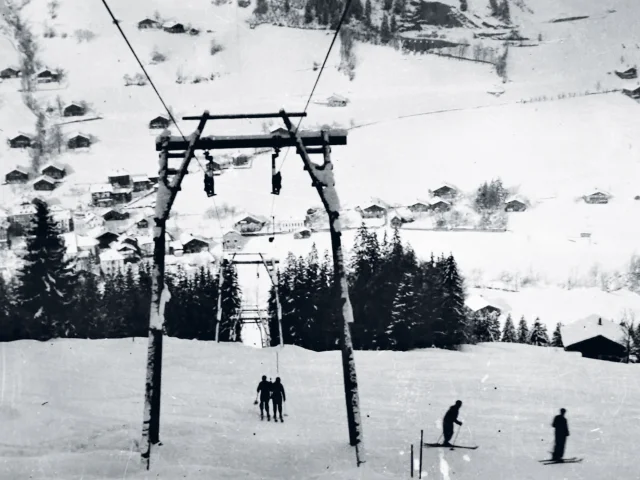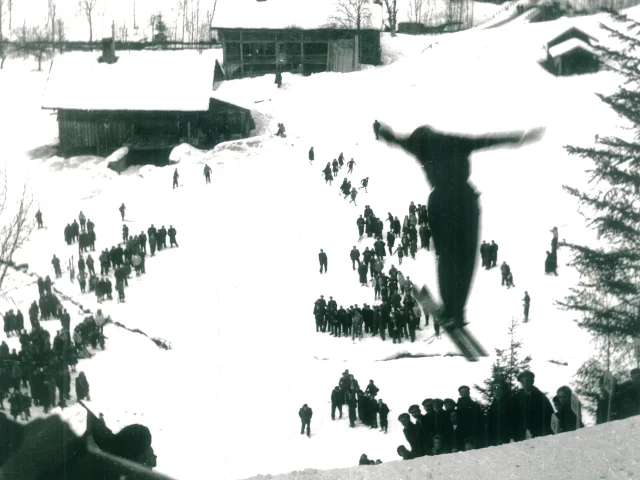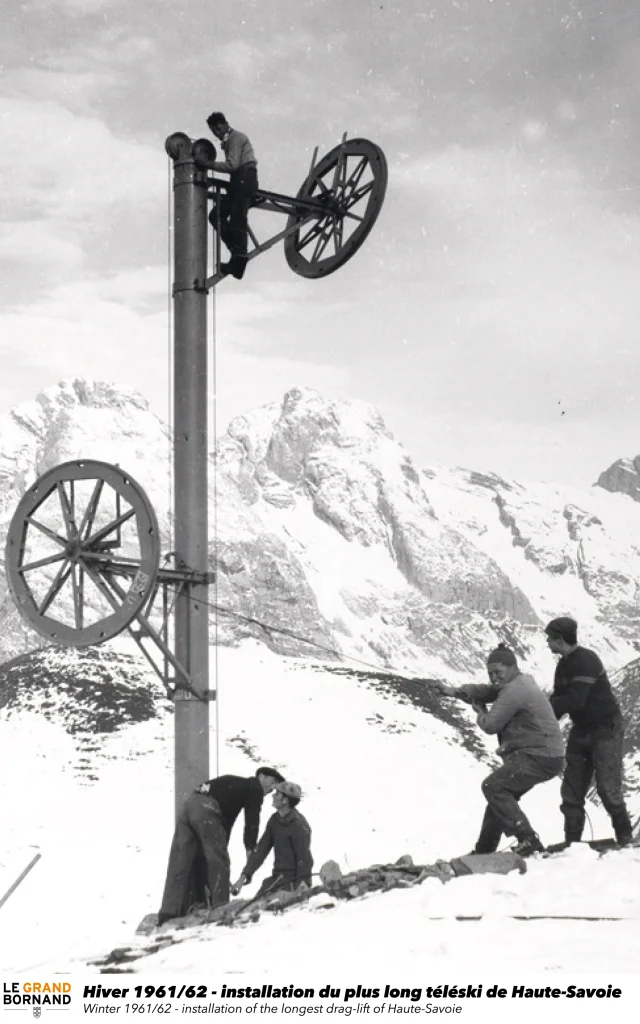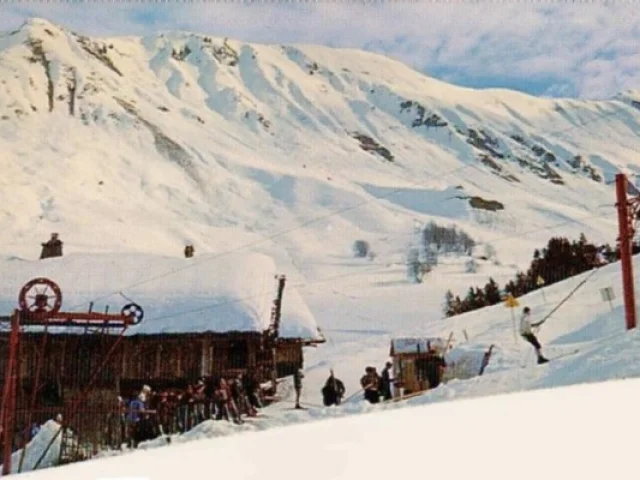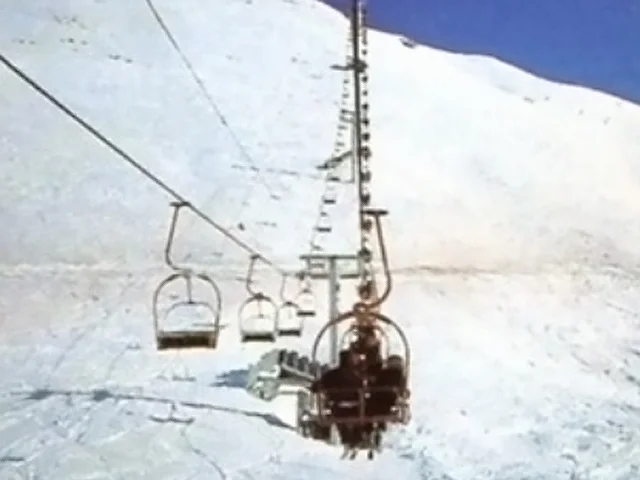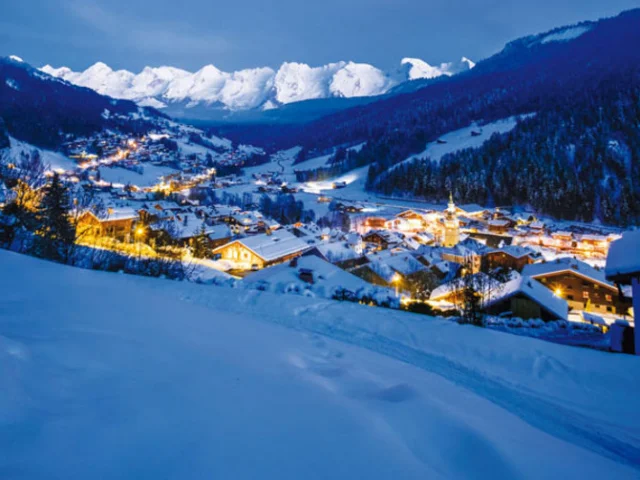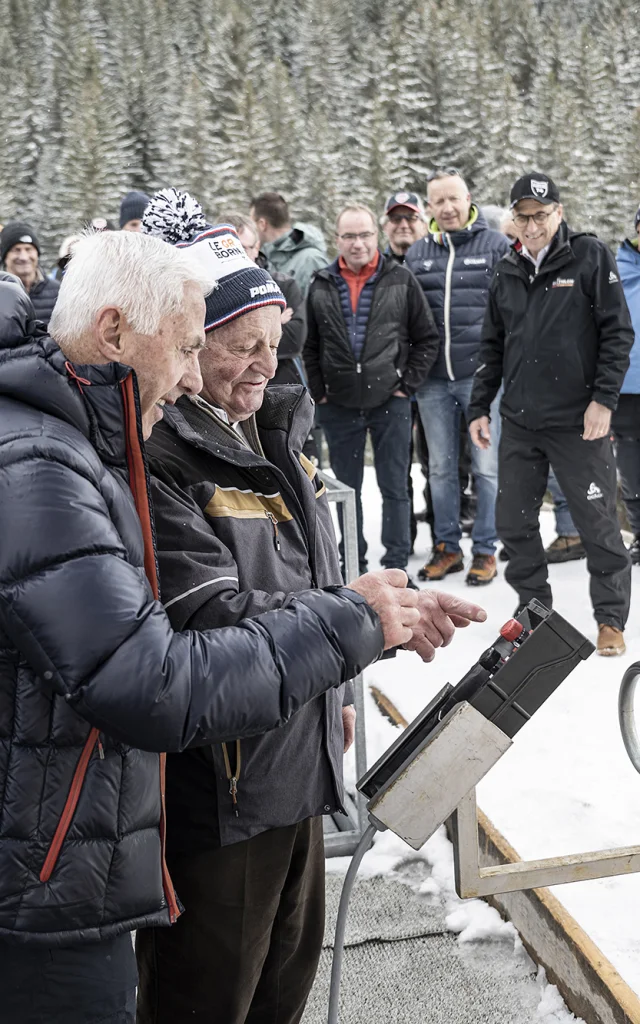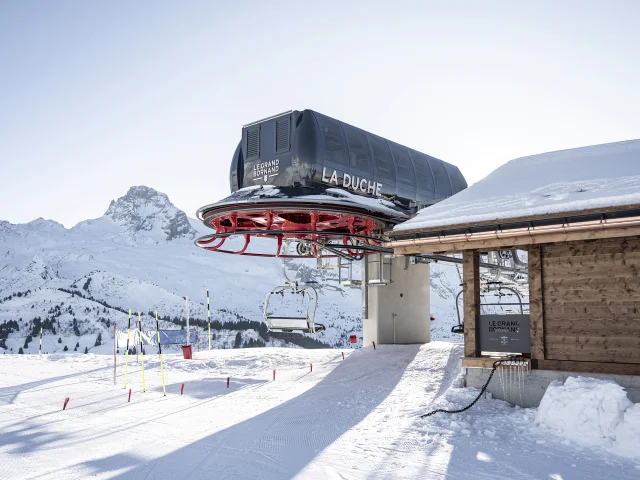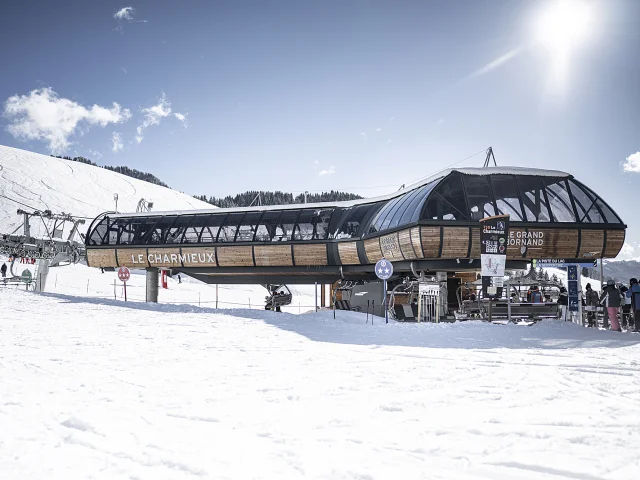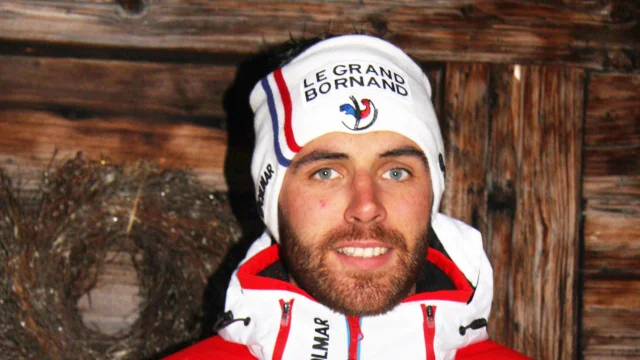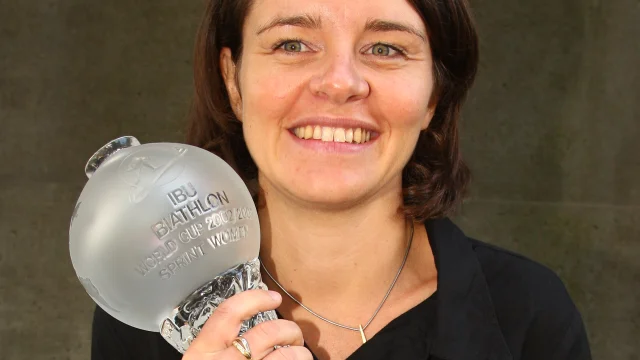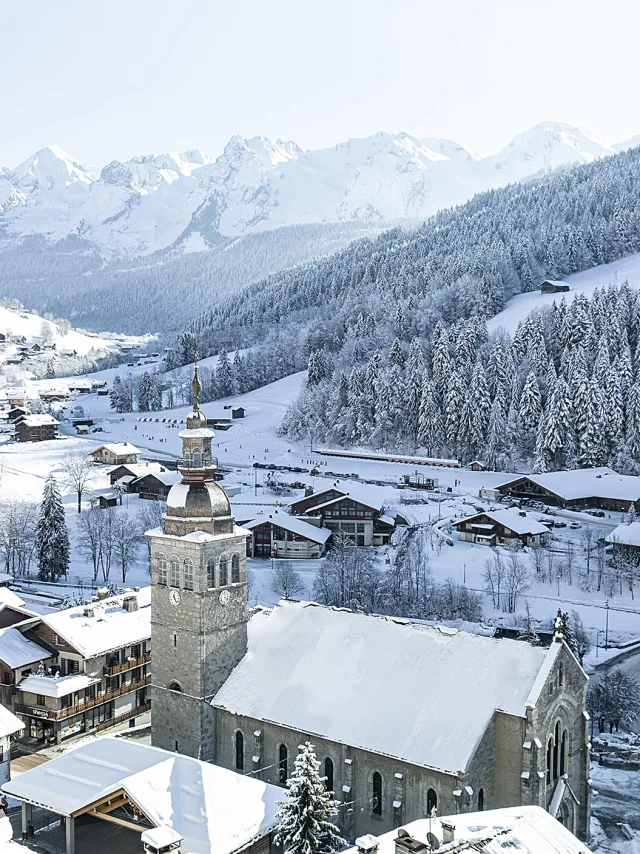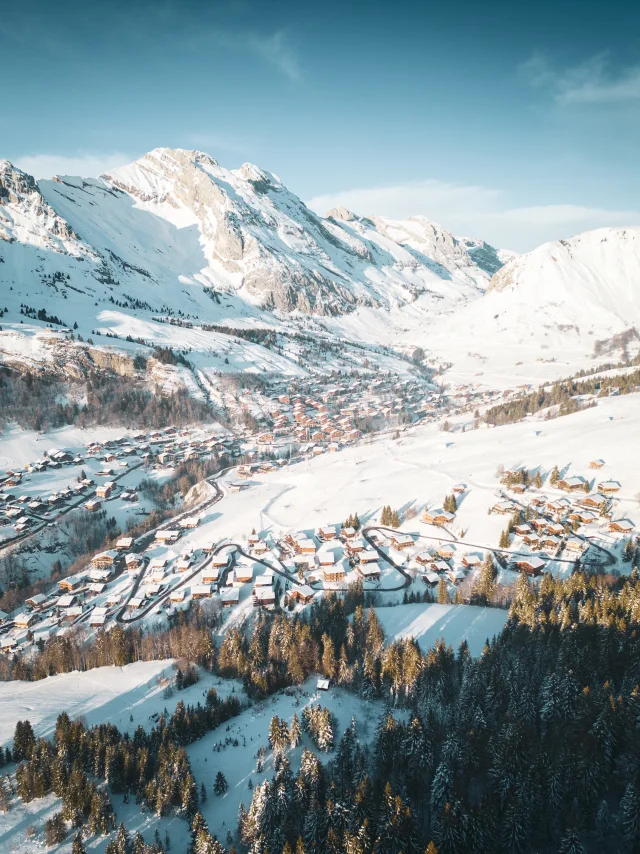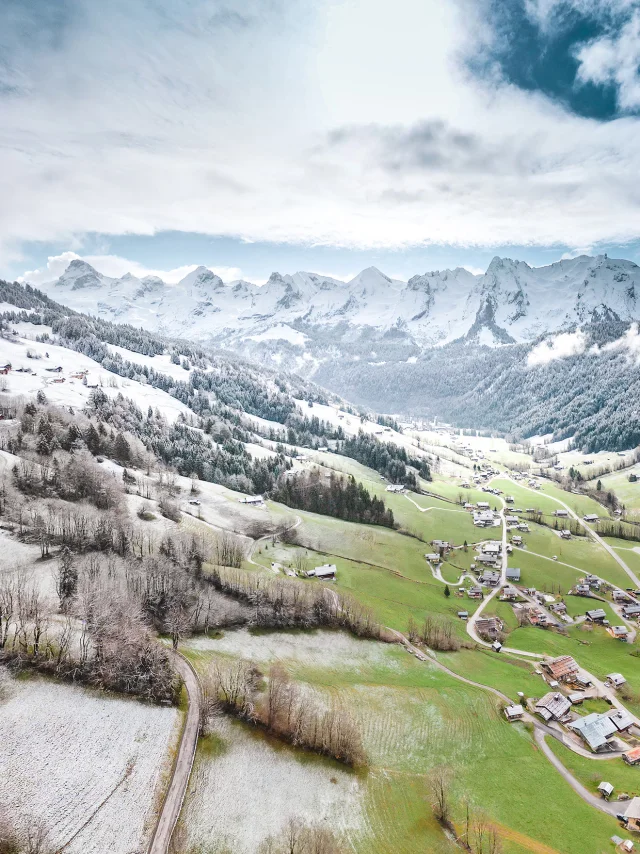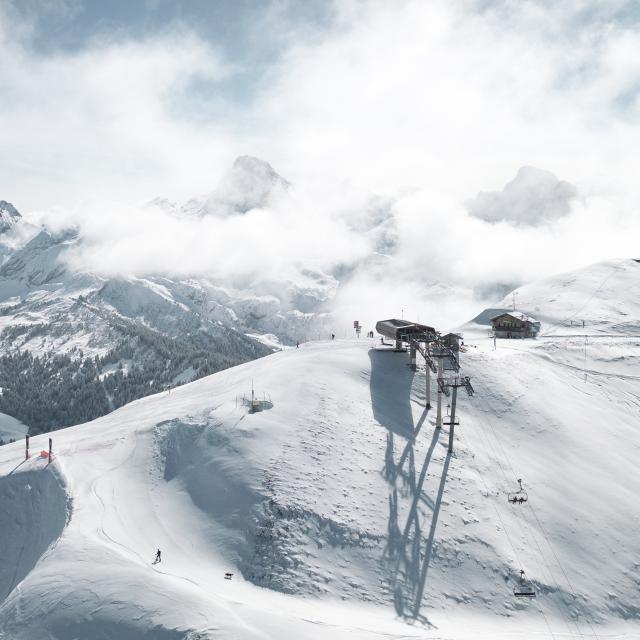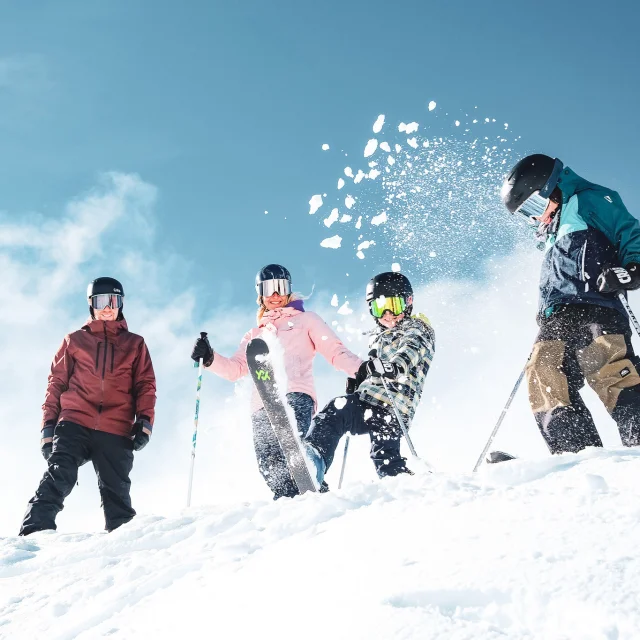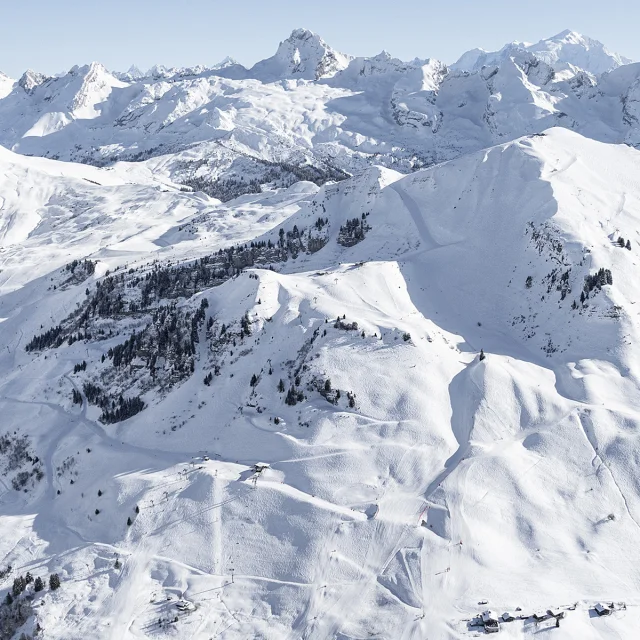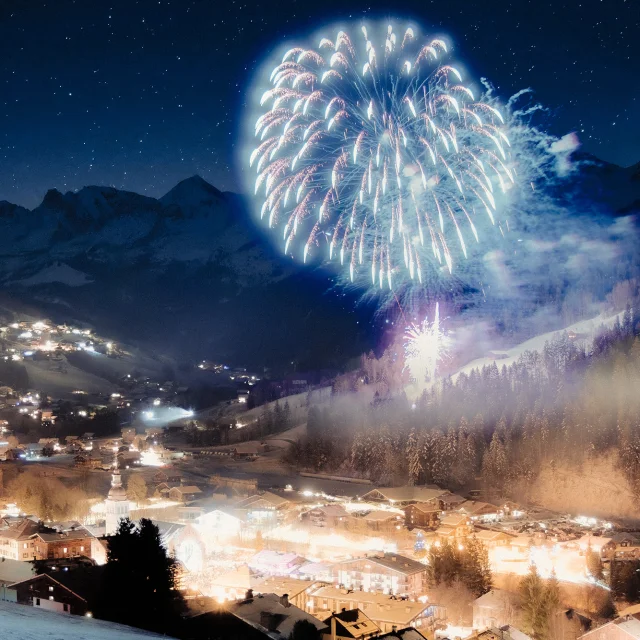- The history of Le Grand-Bornand dates back to ancient times, when the land of the Allobroges fell under Roman domination. A peculiar anecdote has it that the famous "Allô" used on the telephone today is an indirect tribute to this ancient people.
- Traces of this can be found in infrastructure such as roads and bridges, like the "Pont des Romains", but also in the toponymy of certain places. For example, "Villavit" means "old town" in dialect, while "villa" refers directly to Roman influence.
- The village experiences one of its darkest chapters: a fire ravages everything from the church to the dwellings. The church was rebuilt, and a large bell, forged from salvaged metal, was built. Unfortunately, this bell was requisitioned in 1792 to supply the Republic's cannon foundries. After the Revolution, the bell tower was finally rebuilt, and work was completed in 1845.
- The oldest chalet, dating from 1664, is still inhabited by the same family.
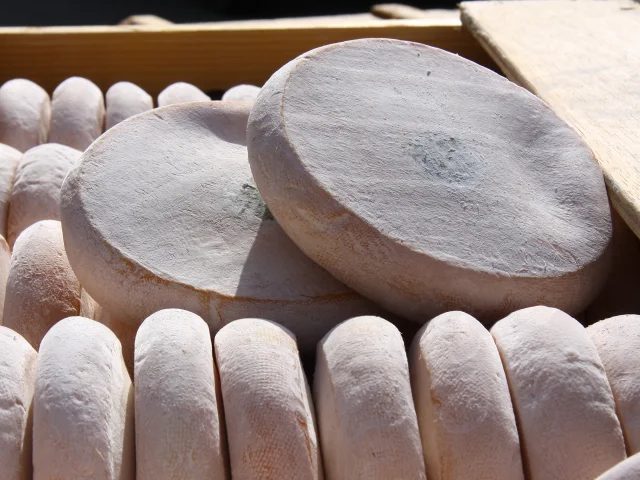 Lgb Reblochon E. Lantelme
Lgb Reblochon E. LantelmeReblochon, a local specialty, officially enters local history, mentioned in a lease.
Today, with some forty farms operating year-round and 2060 cows, Le Grand-Bornand is the leading agropastoral commune in Haute-Savoie. Here, agriculture is more than just a tradition: it’s a well-established economic pillar that continues to thrive alongside the booming tourism industry.

